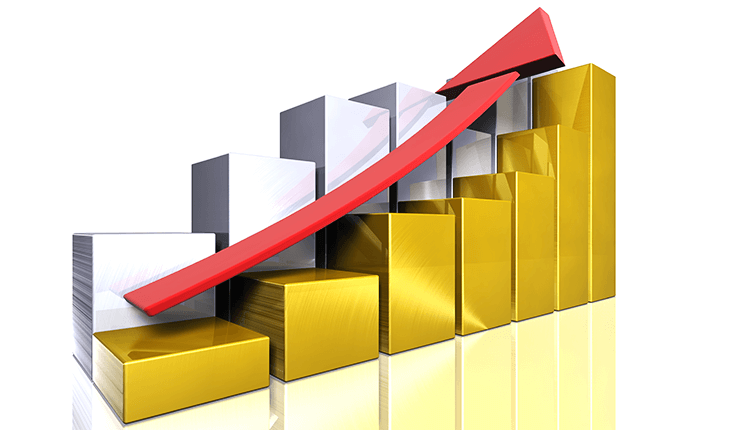
Gold is up after a mixed U.S. Report
Gold was up in Asia on Monday morning as investors digested a mixed U.S. report. They weighed its impact on the Federal Reserve’s next move.
Gold futures had risen 0.01 percent to $1,784.15 per ounce. The dollar, which usually moves in the opposite direction of gold, edged higher on Monday.
Non-farm payrolls were 210,000 in November, lower than the 550,000 forecasted by Investing.com and the 546,000 figure from the previous month. Unemployment has dropped to 4.2 percent, a 21-month low.
Despite signs that businesses are increasing hiring, prices remain high, and there is little evidence that supply constraints are easing.
In response to a tightening labor market, the Fed is likely to accelerate its asset tapering when it meets later this month. It could also lead to interest rate hikes occurring sooner than expected.
Potential interest rate hikes have also piqued the interest of investors on both sides of the Atlantic. Michael Saunders, a member Monetary Policy Committee, is waiting for more information about the new omicron COVID-19 variant before voting at the central bank’s meeting later this month. In November, Saunders voted to raise interest rates.
Oil prices Rebound
Oil prices rose by more than a dollar per barrel as top exporters in Saudi Arabia raised prices for crude sold to Asia and the United States. As indirect US-Iran talks to restart a nuclear deal appeared to reach a stalemate.
Brent crude futures rose $1.61, or 2.3 percent, to $71.49 per barrel in February. On the other hand, West Texas Intermediate crude for January rose $1.63, or 2.5 percent, to $67.89 per barrel.
On Sunday, Saudi Arabia raised the official selling prices for all crude grades sold to Asia and the United States by up to 80 cents compared to the previous month.
The price increases were implemented despite the Organization of the Petroleum Exporting Countries and their allies, including Russia. They decided last week to increase monthly supply by 400,000 barrels per day in January.
Saudi Arabia’s approval of the production increase suggests a compromise reached, and relations with the Biden administration will improve.
Despite the planned increase, Russia’s total output failed to rise because its major producers are likely experiencing technical difficulties in increasing production following the current agreement, according to the consultancy.
JBC Energy lowered its December and January crude demand forecast by 300,000 barrels per day.
According to the report, the revision has erased the majority of the market’s previous supply tightness.


